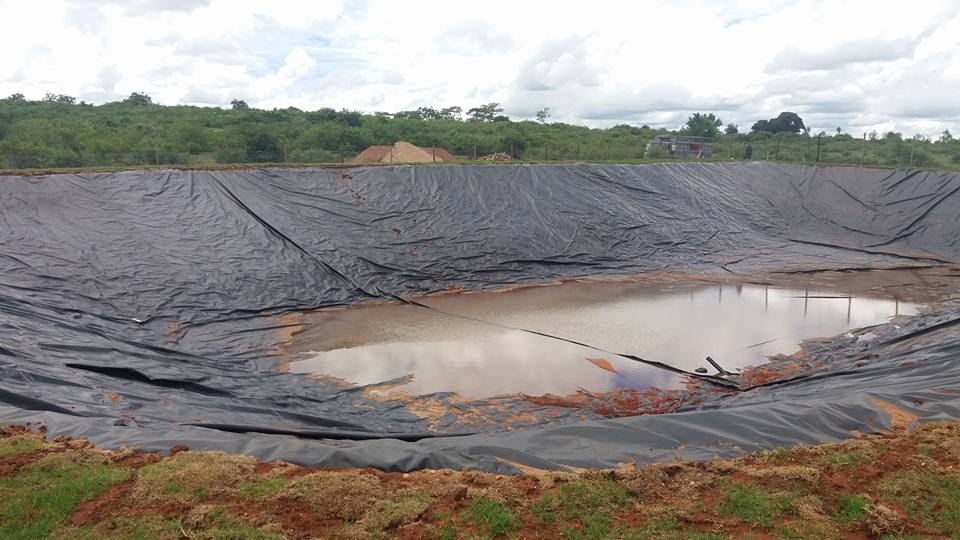When it comes to environmental protection and civil engineering projects, HDPE geomembranes play a crucial role. These high-density polyethylene liners are widely used for their excellent waterproofing and chemical resistance properties. But to ensure you’re getting the right geomembrane for your project, it’s essential to understand HDPE geomembrane specifications. This blog post will guide you through the key specifications and considerations to keep in mind.
What is HDPE Geomembrane?
HDPE (High-Density Polyethylene) geomembranes are synthetic liners designed to prevent the migration of liquids or gases. They are commonly used in landfills, mining operations, and environmental protection projects due to their robustness and durability. HDPE geomembranes are made from high-density polyethylene resin, which provides excellent resistance to UV radiation, chemicals, and physical stress.
Key Specifications of HDPE Geomembranes
1. Thickness
The thickness of HDPE geomembranes typically ranges from 0.5 mm to 3.0 mm. Thicker geomembranes offer better protection and durability but may be more expensive. For most applications, a thickness of 1.0 mm to 2.0 mm is standard. The appropriate thickness depends on the project’s specific requirements, including the type of soil, anticipated load, and potential chemical exposure.
- Reference: For detailed information on geomembrane thickness standards, visit ASTM International.
2. Density
HDPE geomembranes are characterized by their high density, which ranges from 0.94 g/cm³ to 0.97 g/cm³. High-density polyethylene provides superior resistance to punctures and tears compared to lower-density polyethylene materials. Density affects the mechanical properties and overall durability of the geomembrane.
- Reference: Learn more about HDPE density from Polymer Database.
3. Tensile Strength
Tensile strength measures the geomembrane’s ability to withstand stretching and pulling forces. HDPE geomembranes typically have a tensile strength of around 15 MPa to 25 MPa. Higher tensile strength means better performance under mechanical stress.
- Reference: For tensile strength testing methods, see ISO 9001.
4. Elongation at Break
Elongation at break indicates how much the geomembrane can stretch before breaking. HDPE geomembranes usually exhibit elongation at break values of 300% to 700%. This property is crucial for accommodating ground movements and stresses without tearing.
- Reference: More details on elongation standards can be found at ASTM D6693.
5. Chemical Resistance
HDPE geomembranes offer excellent resistance to a wide range of chemicals, including acids, bases, and hydrocarbons. This makes them suitable for applications in chemical containment and leachate collection. Chemical resistance can vary depending on the specific chemical and concentration, so it’s important to review compatibility charts provided by manufacturers.
- Reference: Check out the chemical resistance of HDPE geomembranes at Geosynthetics Magazine.
6. UV Resistance
HDPE geomembranes are often exposed to sunlight, which can cause degradation over time. UV resistance is an essential specification to ensure the geomembrane maintains its integrity and performance. Many HDPE geomembranes are UV stabilized to extend their lifespan in outdoor environments.
- Reference: For more information on UV resistance, refer to International Journal of Polymeric Materials.
7. Weldability
Proper installation of HDPE geomembranes often involves welding seams to create a continuous barrier. The weldability of the geomembrane affects the quality and longevity of these seams. Most HDPE geomembranes can be welded using various techniques, including extrusion and hot wedge welding.
- Reference: Learn more about welding methods from Geosynthetics Magazine.
Conclusion
Choosing the right HDPE geomembrane involves understanding its specifications and how they align with your project requirements. By considering factors such as thickness, density, tensile strength, elongation, chemical resistance, UV resistance, and weldability, you can make an informed decision that ensures the success and durability of your project.
For further reading and more detailed specifications, refer to resources such as ASTM International, Polymer Database, and Geosynthetics Magazine.
If you have any specific questions or need assistance with your HDPE geomembrane selection, don’t hesitate to reach out to industry experts or suppliers.
By keeping these specifications in mind, you can confidently select an HDPE geomembrane that meets your needs and ensures the success of your project.
Originally posted 2024-08-09 11:34:12.

